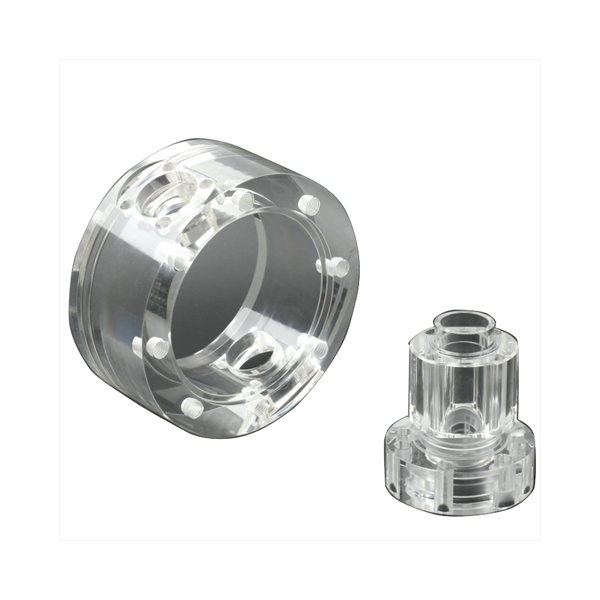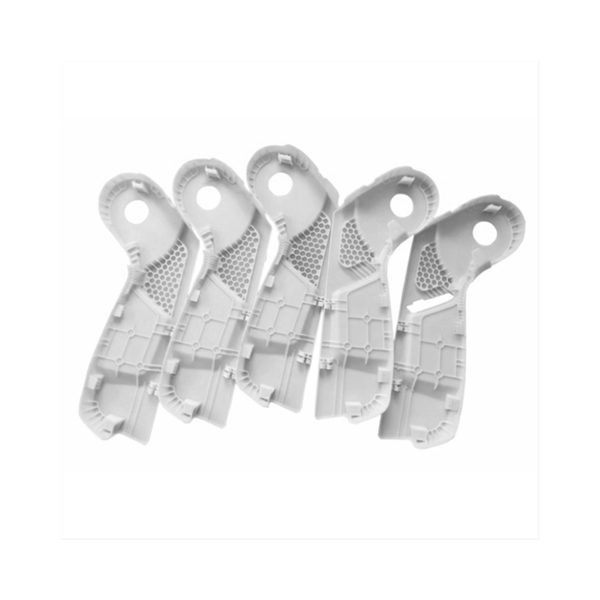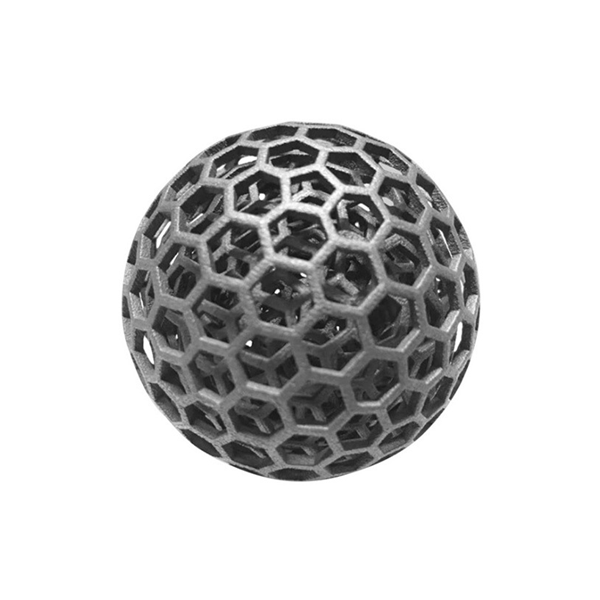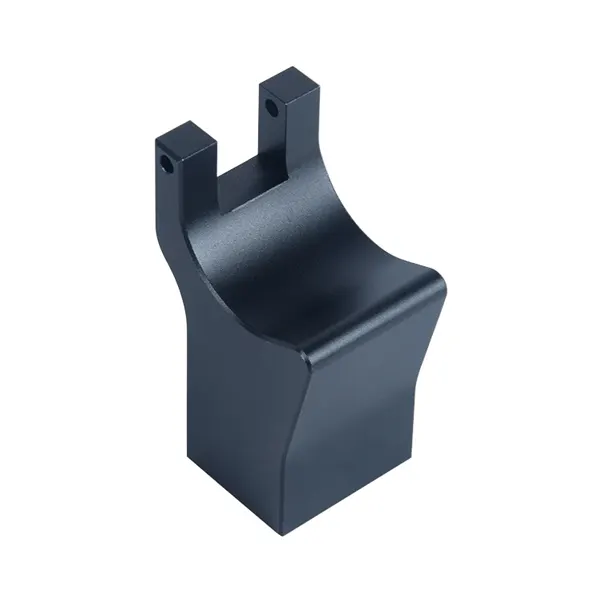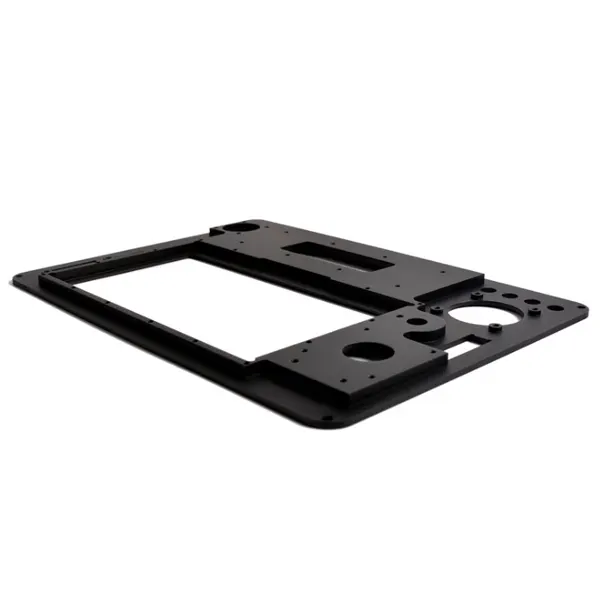GD Prototyping

Optical Prototyping
-
Tolerance: Micron-level accuracy for lenses and components
-
Surface Quality: Optical-grade polishing with minimal roughness
-
Materials: Optical glass, acrylic, polycarbonate, PMMA, crystal materials
-
Processes: CNC machining, diamond turning, injection molding, polishing, coating
-
Batch Size: Single prototypes to small-batch production
-
Finishing Options: Anti-reflective coatings, hard coatings, mirror finishes
- Description
- Specification
- Application
- FAQS
Many prototyping applications benefit from clear plastic components that offer optical clarity, visual access, or enhanced aesthetics. Transparent parts are especially useful when you need to observe internal mechanisms, test light transmission, or evaluate the final look of a product.
Optical prototyping typically involves the precision machining of materials like acrylic (PMMA) and polycarbonate (PC). These plastics are well-suited for applications that require a transparent or mirror-like finish. Acrylic offers excellent clarity and light transmission, while polycarbonate provides higher impact resistance with slightly reduced transparency. Choosing between the two often depends on the mechanical and optical requirements of your part.
To achieve the desired transparency, the machining process must follow specific steps. You start with high-speed CNC milling or turning to define the part’s geometry. Then, post-processing methods like fine sanding and polishing remove tool marks and surface imperfections. In many cases, vapor polishing is also applied to achieve a smooth, glass-like surface.
Common applications of optical prototyping include automotive lighting lenses, light guide components, display covers, and external panels for consumer products. In these scenarios, the optical quality directly influences performance, whether it’s in how light is diffused, directed, or visually perceived.
Machining clear prototypes allows you to test both form and function before committing to mass production or molding. You can validate the light paths, check the assembly fit, and assess how internal parts appear through the transparent housing. It also helps in presenting the design more effectively to teams, stakeholders, or clients.
Working with clear materials requires attention to detail during both machining and finishing. Proper tooling, coolant selection, and feed rates all contribute to avoiding internal stresses and maintaining surface quality.
| Parameter | Value / Description |
|---|---|
| Processes Available | CNC machining, SLA 3D printing, vacuum casting |
| Common Materials | PMMA (acrylic), Polycarbonate (PC), Clear polyurethane resin, Optical-grade SLA resin |
| Transparency Level | Up to 92% light transmittance (after polishing) |
| Surface Finish | Optical-grade polish, semi-gloss, frosted (customizable) |
| Dimensional Tolerance | ±0.05 mm (CNC), ±0.1 mm (SLA/vacuum casting) |
- Lenses & Light Guides:For validating optical performance in lighting, imaging, or sensor systems.
- Automotive Lighting:Headlamp lenses, interior light pipes, and signal covers for design and testing.
- Consumer Electronics:Transparent displays, indicator windows, and camera lens modules.
- Medical Devices:Diagnostic windows, fluidic chambers, and optical housings for visualization or light control.
- Industrial Sensors:Protective covers and optical windows for laser, IR, or visual sensors.
- Product Design Models:High-fidelity transparent components for visual and ergonomic evaluation.
- Optical Component Prototyping:Pre-production samples of prisms, diffusers, or focusing elements for testing optical behavior.
1. What is optical prototyping?
It’s the process of creating transparent or light-controlling components to test optical design, function, and fit before final production.
2. What materials are used?
Common materials include PMMA (acrylic), polycarbonate (PC), and clear resins suitable for CNC machining, SLA 3D printing, or vacuum casting.
3. How clear are the optical prototypes?
With proper polishing, parts can achieve optical-grade clarity—often 90%+ light transmittance.
4. Which process gives the best clarity?
CNC machining of PMMA provides the highest optical quality; SLA and casting offer more flexibility for complex geometries.
5. Are these prototypes functional?
Yes. They can be used for light testing, visual inspection, fit checks, or even as temporary working parts.

